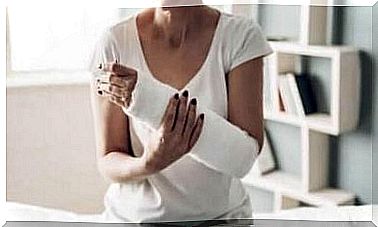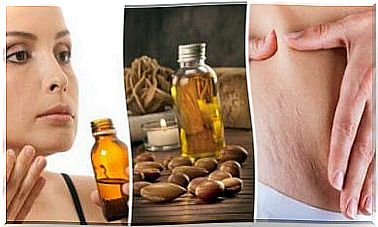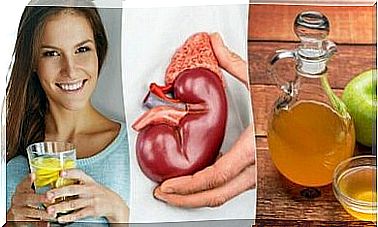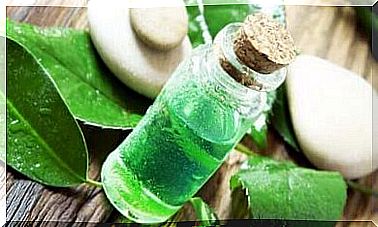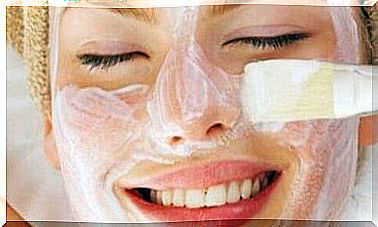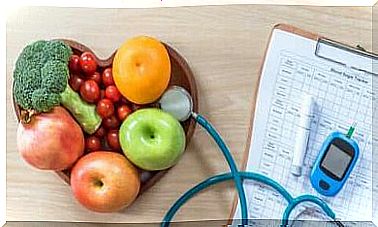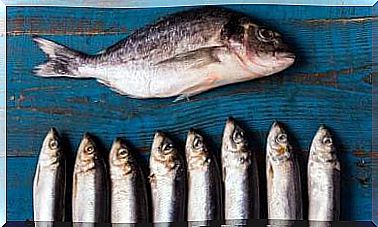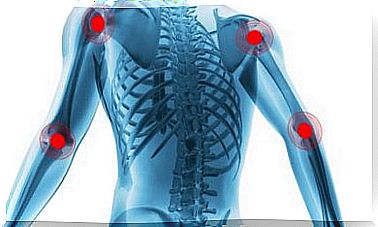Treating Baby Skin Problems Like Mountain And Baby Acne
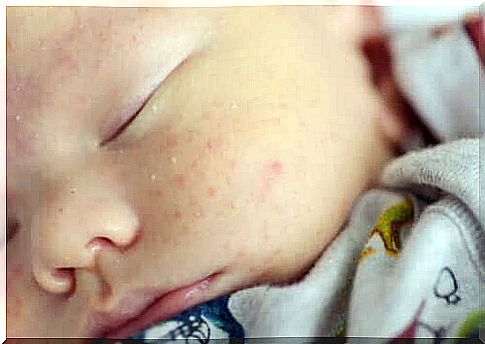
Mountain and baby acne are skin problems in babies that can appear early in life, practically from birth. These are harmless conditions that can nevertheless cause stress for the parents. We’ll tell you more about how to treat this today.
Berg, also called seborrheic dermatitis, mainly affects the scalp of a newborn. However, it can spread to the face, mainly to the center of the face and the folds around the nose, behind the ears, neck, navel, armpits, or groin.
It is a form of rash characterized by red scaly patches. They may be covered with oily, yellowish patches. These placards are painless and do not itch. Although they are difficult to remove, they are benign and usually go away on their own.
Skin problems in babies
The causes of mountain
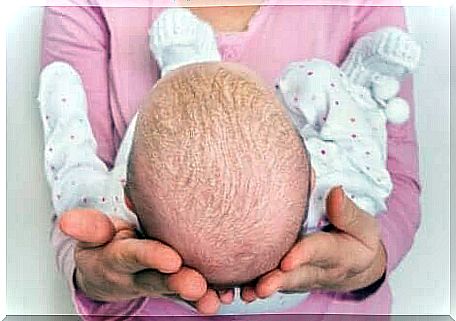
The exact causes of this condition are unknown. One of the possible causes is that the sebaceous glands of the baby’s scalp are producing excess sebum.
Another possible cause, although not fully confirmed in children, could be the proliferation of some microorganisms that normally live on the skin. For example from a certain type of yeast (mold) called Malassezia.
Another factor that may play a role is genetic predisposition. However, this possibility has not yet been sufficiently explored. In any case, this condition is not contagious or dangerous, nor is it caused by allergies or poor hygiene.
How can you treat mountain?
The mountain’s prognosis is good, as this skin condition will usually heal on its own. Therefore, the treatment should not be aggressive. The Spanish Pediatric Association recommends the following treatment options:
- Topical corticosteroids. Moderately potent topical corticosteroids are the treatment of choice in severe forms. They should show results within a few days.
- Keratolytics. You can apply 3% or 5% salicylic acid petroleum jelly on the baby’s scalp to combat the spots. You can also apply oily substances such as olive oil instead. Leave it on for one to two hours and then clean the skin. Then you can apply a mild corticosteroid cream.
- shampoo. Shampoos containing sulfur, zinc pyrithione, or tar may also be helpful. However, it’s a good idea to look at the treatment on a case-by-case basis as they can potentially irritate the baby’s skin.
- Antifungals. Given the possible role of certain fungi in this condition, you can use an antifungal cream or shampoo, depending on the location of the placards. They usually work more slowly than topical corticosteroids.
- Oral corticosteroids. In very common and severe cases, pediatricians may prescribe oral corticosteroids.
Hygiene measures
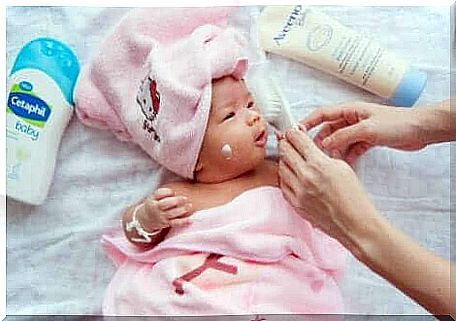
You can apply specific lotions, gels, non-greasy creams or emulsions on the baby’s scalp. These products can help reduce excess sebum and inflammation.
Thus, they reduce redness, soothe the skin and help the plaques fall off. To apply them correctly, you must follow the following guidelines :
- Apply a small amount of the product to the baby’s scalp. In case of mountain in the face, you can also apply it on the affected areas of the face. Then gently massage the area with your fingers.
- Wash with a mild baby shampoo and rinse the hair and skin well so that no product remains.
It is important to avoid scratching from scratching to reduce the risk of infection. This is because antibiotics may be needed if an infection occurs.
Neonatal acne
Neonatal acne is one of the skin problems in babies that can develop in the first two weeks after birth. It causes red pimples on the baby’s face, especially on the cheeks, forehead, chin and sometimes on the back.
Both the pimples and the skin around them turn red. A warm environment and nervousness can aggravate the condition. Baby acne usually goes away on its own, without any dermatological treatment, a few months after it appears.
Hygiene recommendations for the treatment of skin problems in babies such as baby acne
The following tips can help you take good care of your baby’s skin if it is affected by baby acne:
- Keep your baby’s face clean. Make sure to wash your baby’s face every day with warm water and mild baby soap.
- Dry your baby’s skin gently. Do not rub the skin but pat your baby’s skin dry.
- Do not squeeze or rub the area affected by acne. This can cause more irritation and infection.
- Do not apply lotions or oils to the baby’s face.
We hope you enjoyed learning about baby skin problems and how to treat mountain and baby acne.
